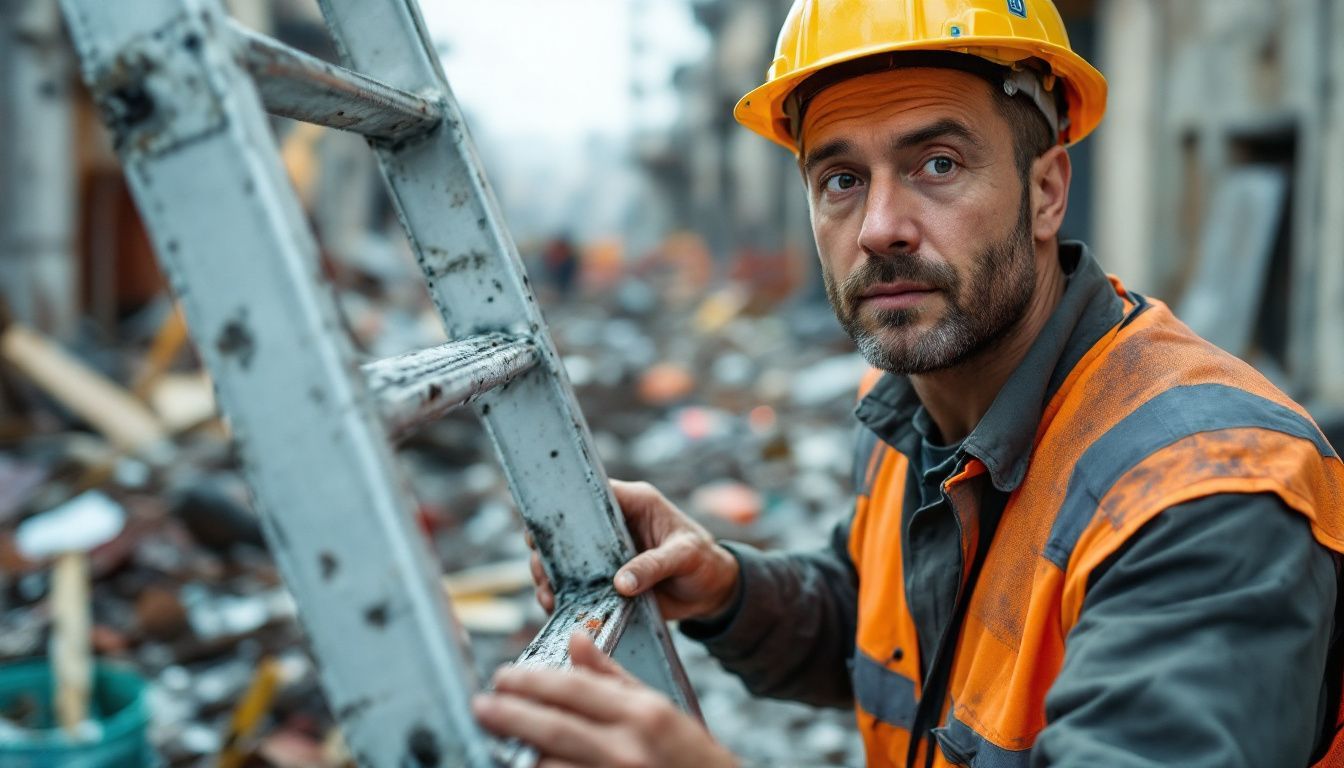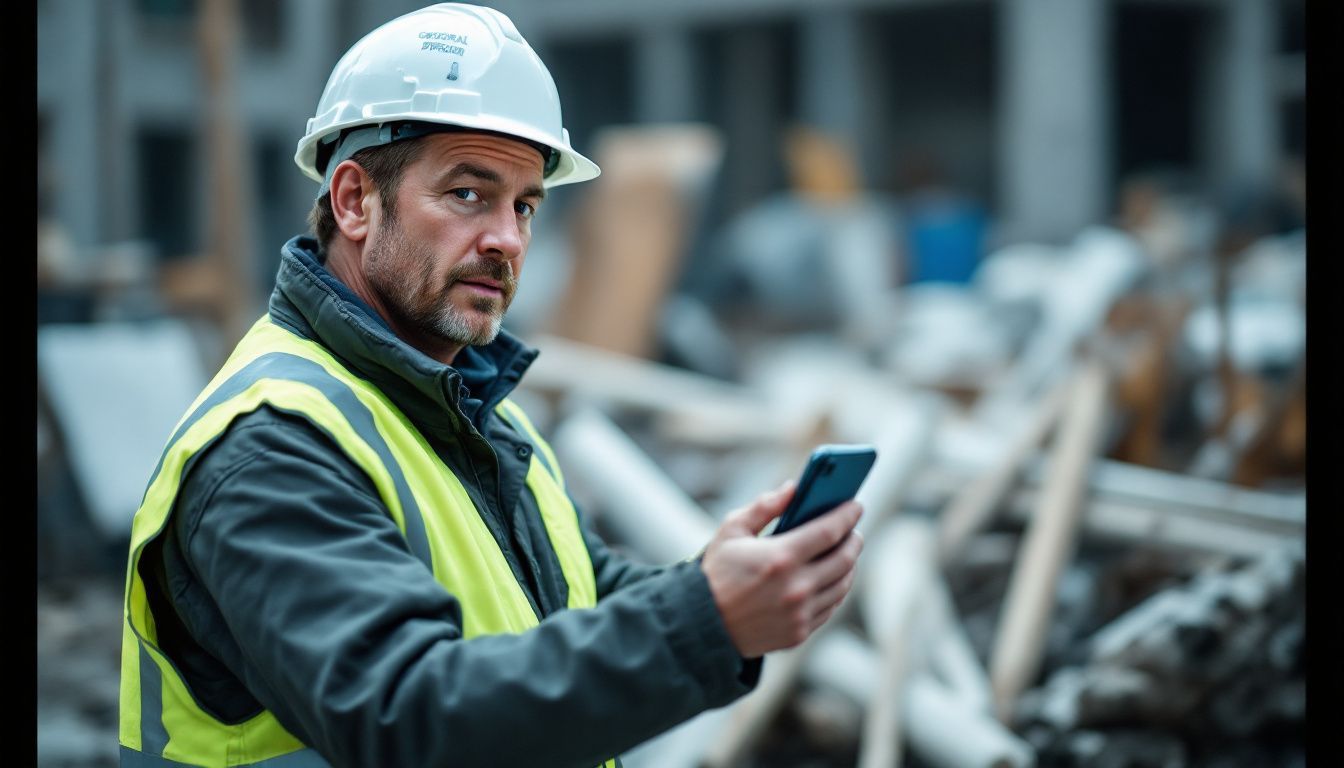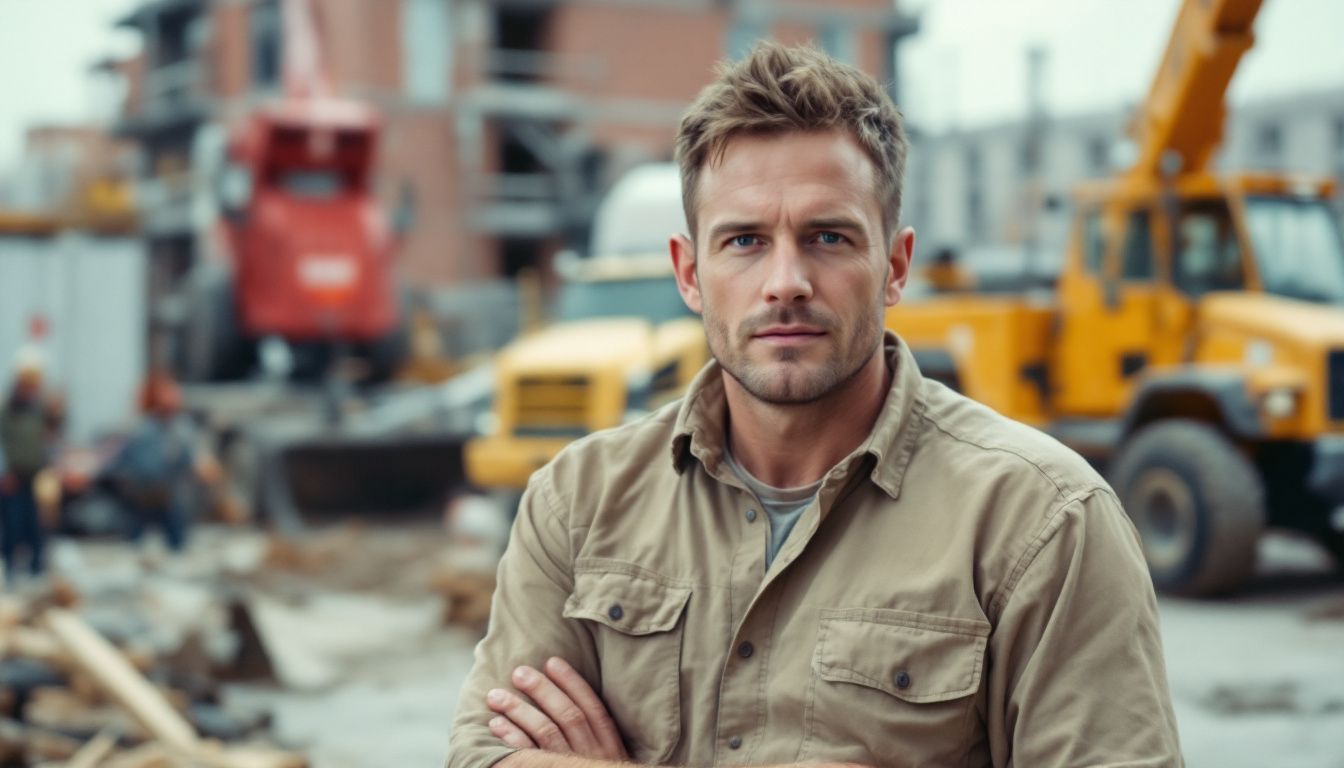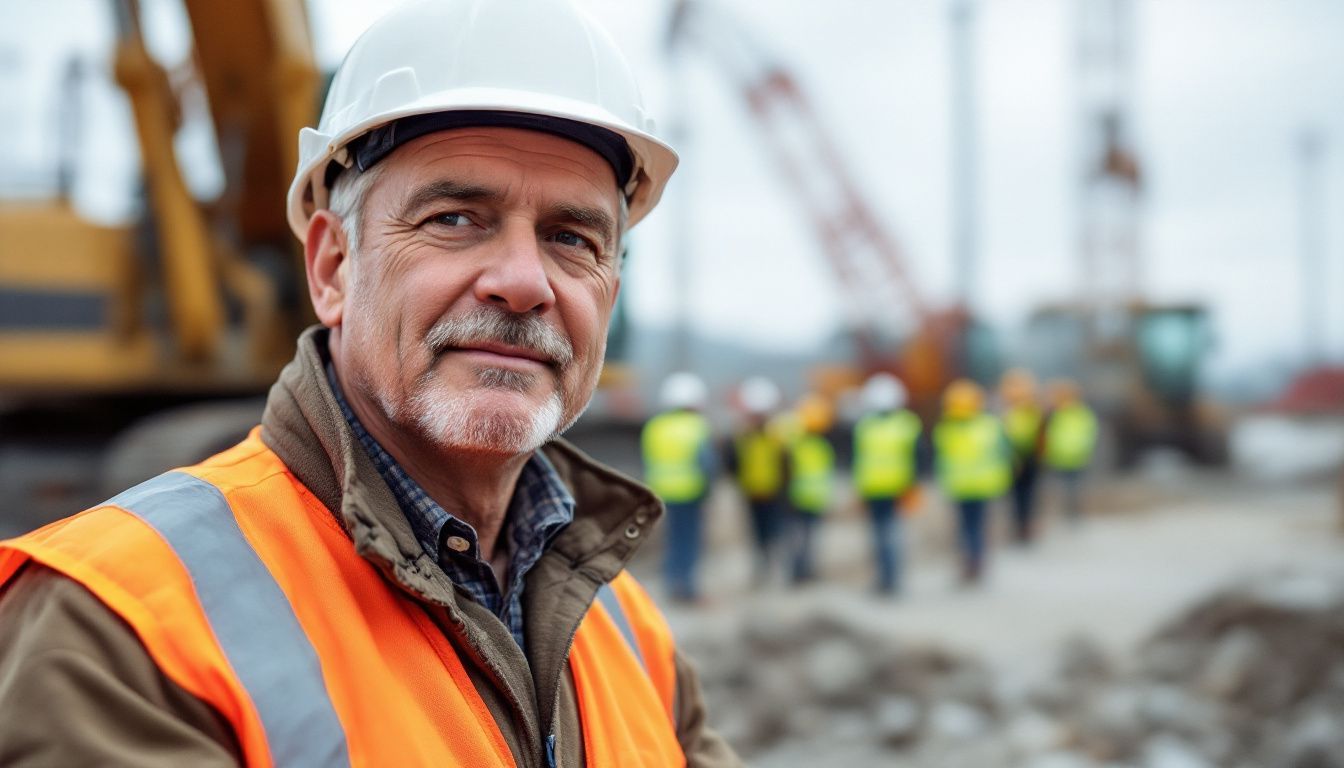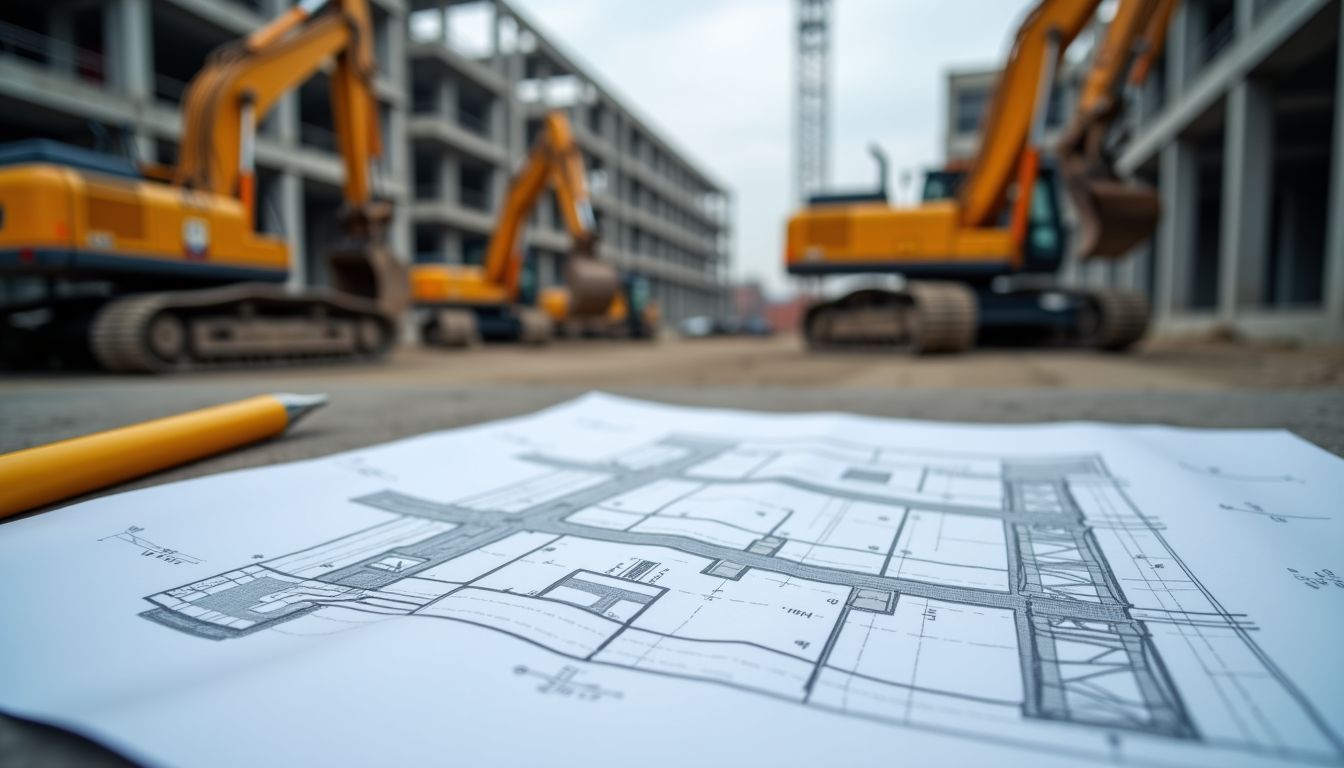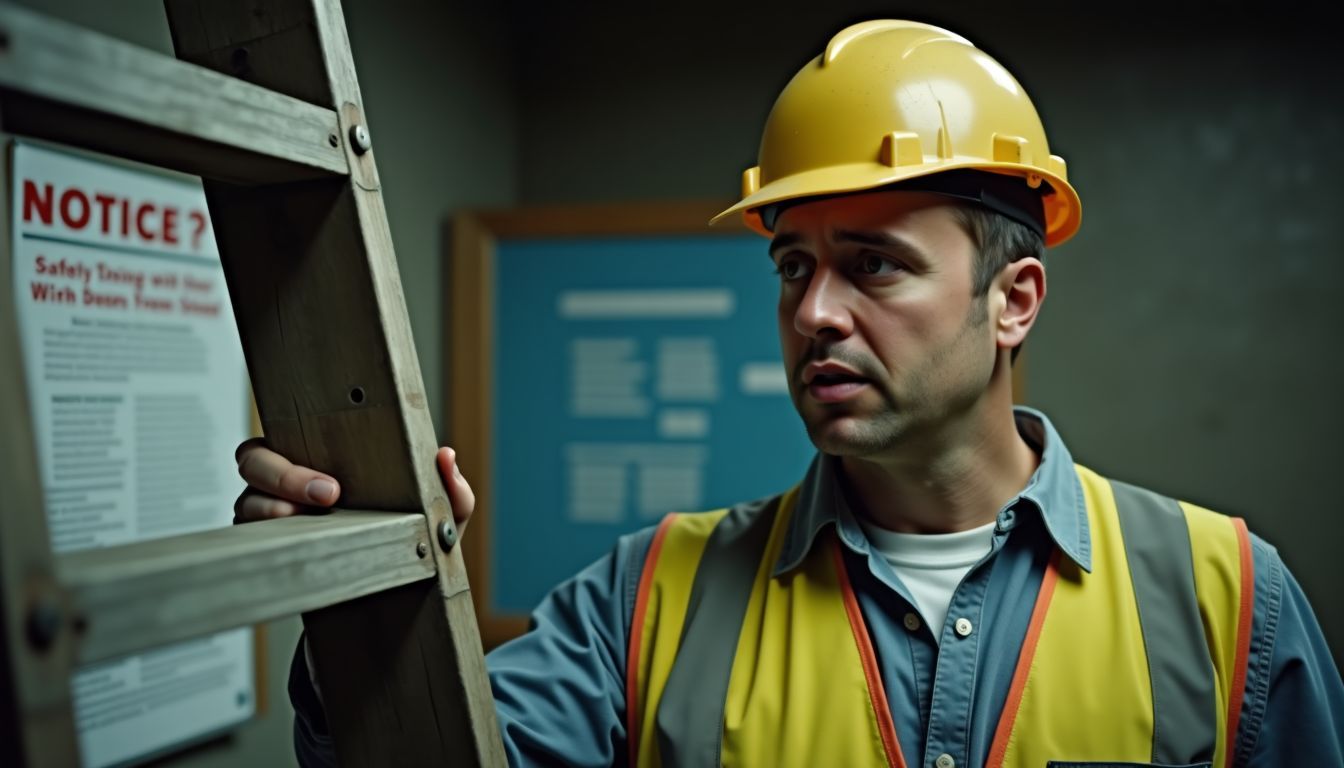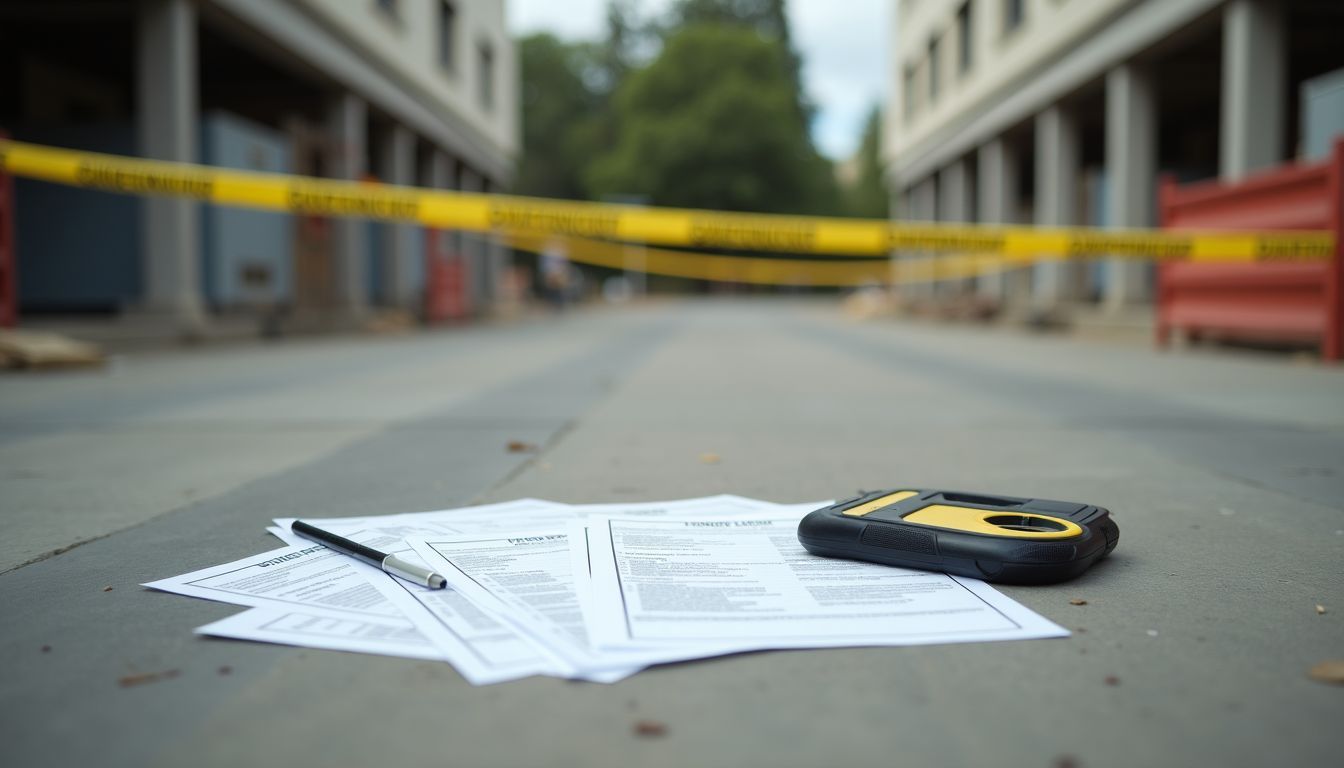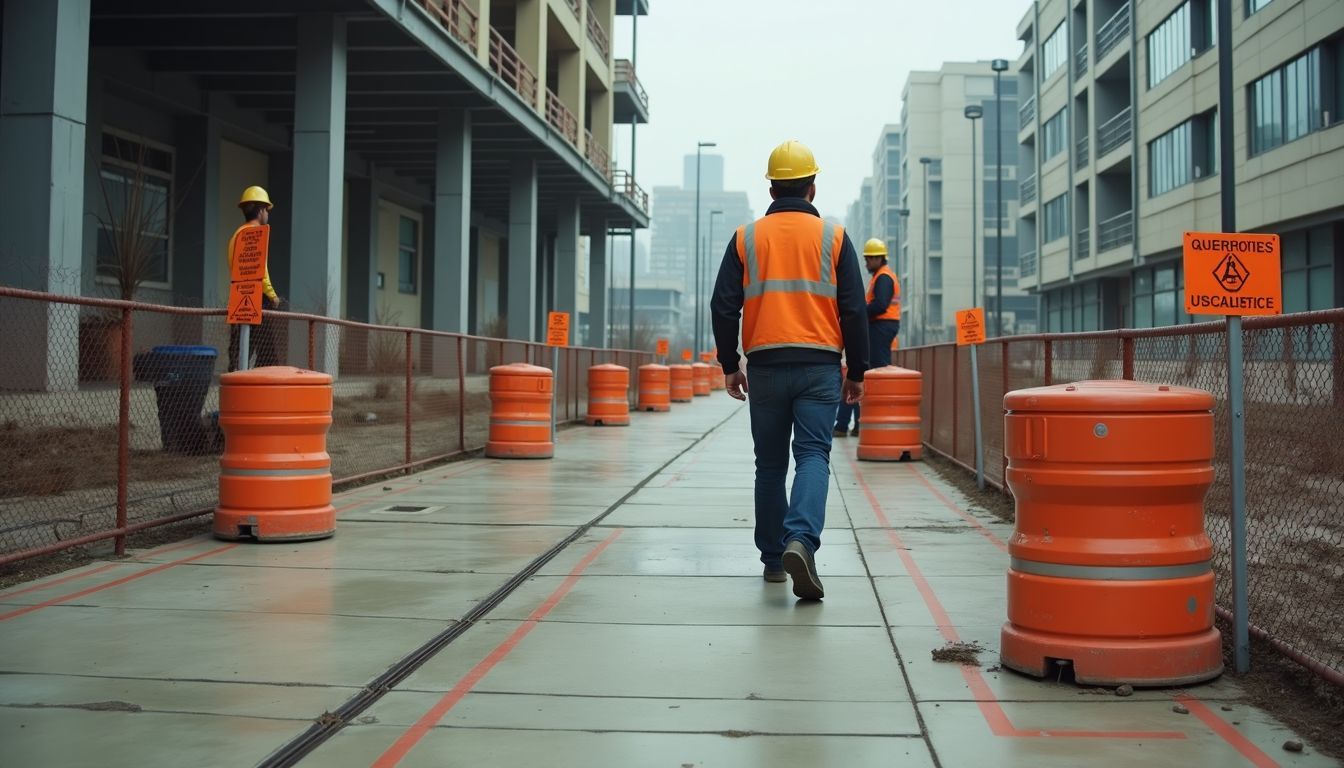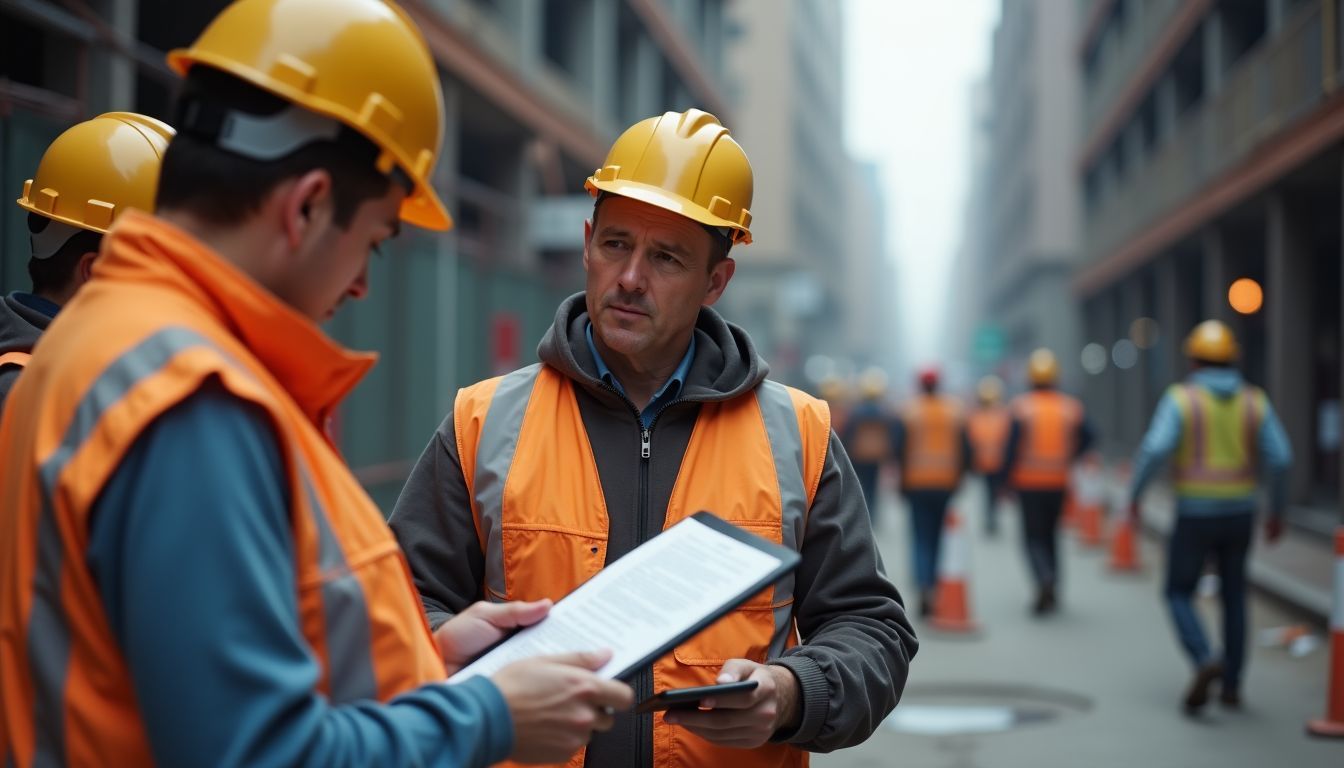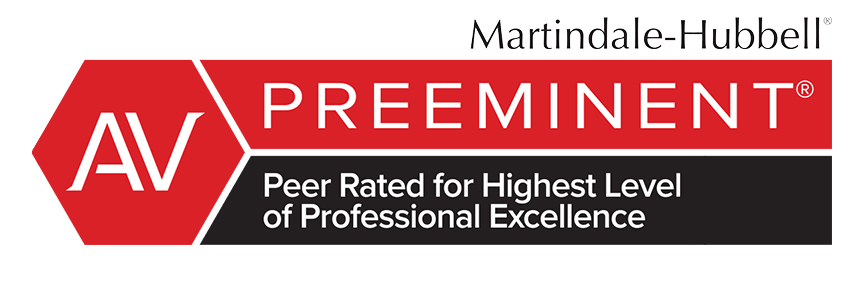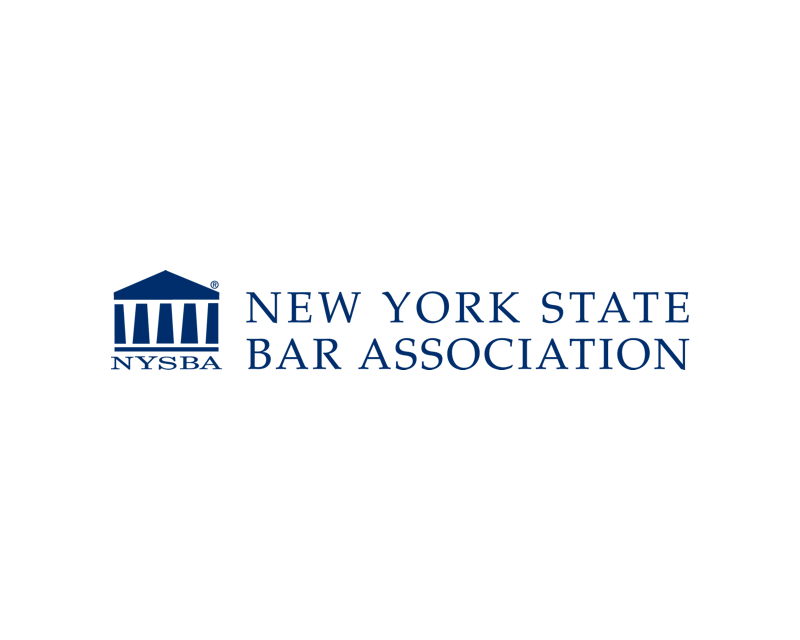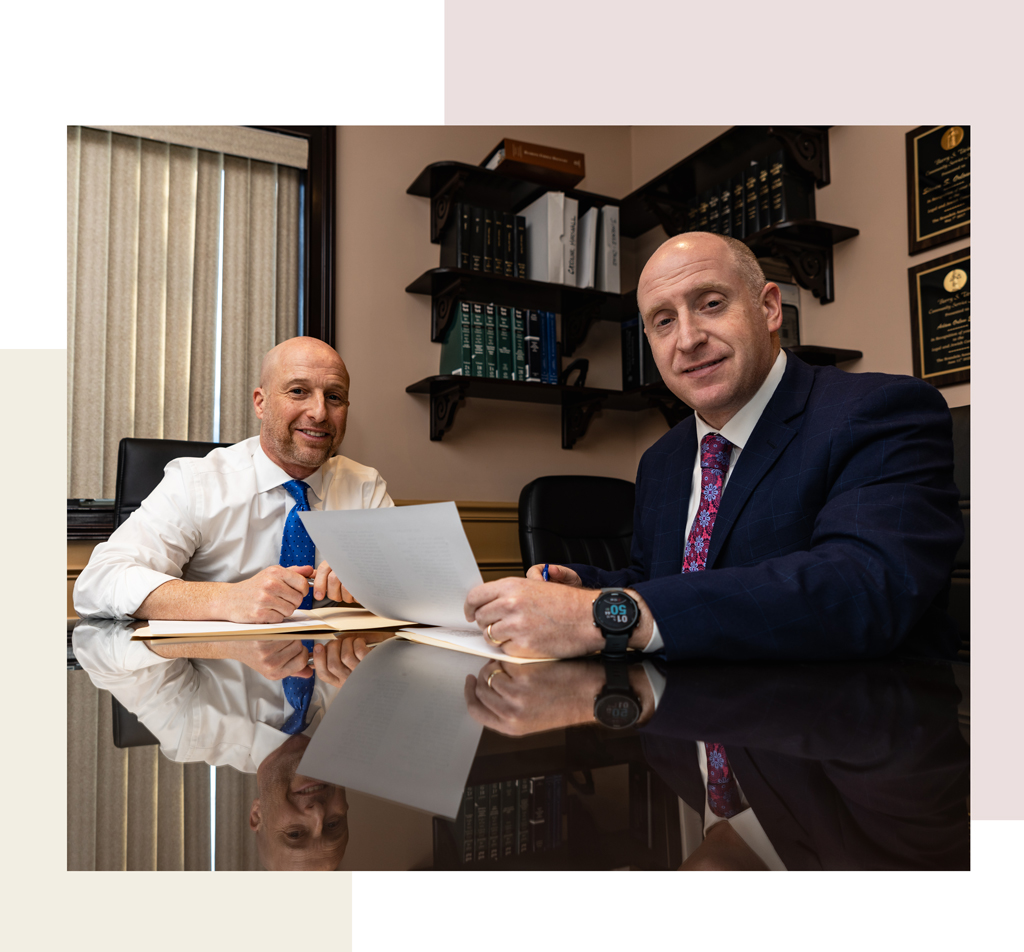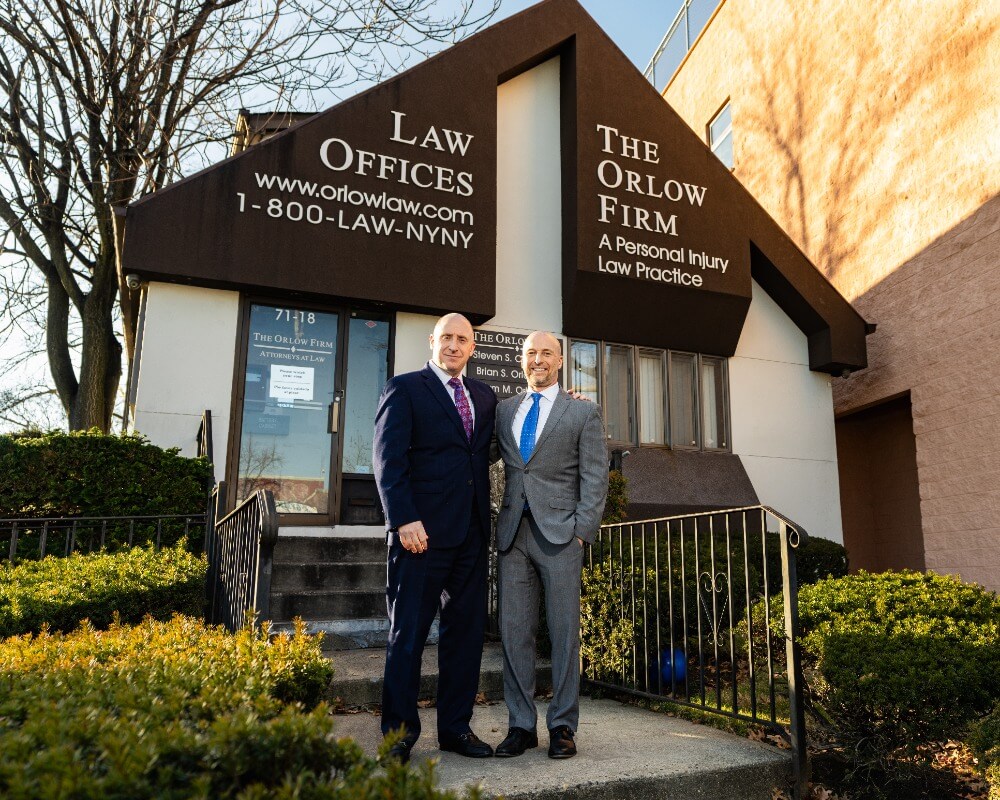
Construction accidents can cause serious injuries, leaving victims with physical pain and financial burdens. In New York, the law holds various parties liable for these accidents. This blog will guide you through who may be legally responsible for a construction injury in New York.
Keep reading to find out more.
Key Takeaways
- Property Owners’ Duties: They must keep sites safe and follow laws like Labor Law 200. If they fail, they can face lawsuits.
- Contractors’ Responsibilities: General contractors need to ensure safety rules are followed. Negligence can lead to serious injuries.
- Subcontractors’ Role: Subcontractors must also maintain safe practices. If their mistakes cause harm, they might be liable too.
- Employer Obligations: Employers should provide safety gear and training. Regular checks for hazards are crucial to prevent accidents.
- Liability of Others: Engineers, architects, and equipment makers can be held responsible if their actions or products result in injury.
Legal Responsibilities of Property Owners in Construction Accidents
Property owners must keep their premises safe. They must follow safety standards and regulations like those set by Occupational Safety and Health Administration (OSHA). If someone gets hurt because a property owner did not fix unsafe conditions, the owner can be held liable.
In New York, property owners may face legal action under Labor Law 200. This law covers general duties to provide safe working conditions. Failing to do so could lead to workers’ compensation claims or personal injury lawsuits.
Property owners need to ensure that all equipment is in good condition and that the worksite is hazard-free.
The Role of General Contractors in Ensuring Safety
General contractors hold significant responsibility in keeping construction sites safe. They must ensure that all safety regulations are followed. This includes making sure workers use safety equipment and follow proper procedures.
General contractors also need to perform regular inspections. These inspections help identify and fix any unsafe working conditions quickly.
Negligence by general contractors can lead to serious injuries or even death on the job site. For example, if a worker falls due to a lack of proper harnesses, the contractor could be held liable for pain and suffering endured by the injured worker.
Compliance with OSHA standards is crucial. Following OSHA rules helps protect both workers from grave injury and employers from legal liability claims in New York City courts.
Subcontractors and Their Liability in Construction Injuries
Subcontractors play a crucial role on construction sites. They handle specialized tasks assigned by the general contractor. If a worker gets injured due to unsafe actions or omissions by a subcontractor, that subcontractor can be held liable.
This includes cases where they fail to follow safety regulations.
In New York, both general contractors and subcontractors must ensure workers’ safety. Subcontractors need to maintain safe practices and equipment. Failing this duty of care can result in personal injury claims from workers injured on the job.
Liability doesn’t only rest with one party; it often involves multiple entities sharing responsibility for the accident.
Employer Duties and Responsibilities in Construction Site Accidents
Employers must ensure a safe working environment. This includes providing proper safety gear and training. They must follow all labor laws to prevent accidents. If they fail, they might be held liable for injuries.
Regular inspections are crucial. Employers should check for defective equipment and unsafe conditions often. If workers get hurt due to negligence, the employer could face legal action.
It’s their duty to act with reasonable care at all times to protect employees on site.
How Engineers and Architects Impact Construction Safety
Engineers and architects play key roles in construction safety. They design safe structures and systems, using their expertise to avoid design flaws. Proper designs help prevent accidents on site.
Engineers ensure the foundation is strong and the building can handle stress. Architects plan layouts that reduce risks for workers.
Errors in plans can lead to injuries, making them liable for negligence. They must follow strict guidelines when creating blueprints or inspecting work. Failing to comply with these standards means they are responsible for unsafe conditions that harm workers or others at the site.
Product Liability: Equipment Manufacturers’ Responsibilities
Equipment manufacturers hold a key role in construction site safety. They must ensure their products are safe and free of flaws. If a worker gets hurt due to faulty machinery, the manufacturer can be held liable for defective products.
This means they could face legal action if an injury occurs because they did not meet safety standards.
Manufacturers need to test and inspect each piece of equipment before selling it. They should also provide clear instructions on how to use their products safely. Legal representation may help injured workers prove that faulty equipment caused their injuries by showing there was a breach of duty from the manufacturer’s side.
Identifying Additional Liable Parties in Construction Accidents
Typically, extra parties could also share responsibility for construction accidents. These can include safety inspectors or government officials.
Safety Inspectors and Consultants: Accountability in Construction Sites
Safety inspectors and consultants play a key role in construction site safety. They check that all safety standards are met and point out risks. If they perform their job negligently, they can be held liable for accidents.
Inspectors must ensure everything follows set rules to prevent injuries.
Consultants also guide how to make sites safer. They help create safety plans and procedures. If their advice is flawed or ignored, it can lead to problems. Both roles are vital in preventing construction site injury and ensuring worker protection under the law in New York.
Government Entities and Construction Regulations
Government entities play a big role in construction safety. In New York, laws and regulations set by these entities help prevent accidents. The Occupational Safety and Health Administration (OSHA) is one key agency.
OSHA creates safety rules that must be followed at all construction sites.
New York also has its own state-specific laws like the New York Labor Law Sections 200, 240, and 241. These laws protect workers by requiring certain safety measures. If a property owner or contractor ignores these rules, they can be held liable for any injuries that occur.
By following these regulations, employers can create safer workplaces and lessen the risk of serious accidents.
Co-Workers and Other Employees: Understanding Shared Responsibilities
Co-workers share the responsibility of maintaining a safe work environment. They must follow safety protocols and report hazards. This teamwork helps prevent construction accidents.
If co-workers act carelessly, they can be liable. For example, if one worker fails to secure equipment properly and someone gets hurt, that worker might be responsible for the injury.
Workers’ compensation often covers such incidents but establishing fault is key for any third-party liability claims.
Steps to Prove Liability in Construction Accident Cases
Proving liability in a construction accident case can be complex. Follow these steps to establish who is responsible for the injury.
- Document the Accident Scene: Take photos and videos of the site where the accident occurred. This includes unsafe equipment, hazardous conditions, and any warning signs.
- Gather Witness Statements: Speak to co-workers or anyone who saw the accident. Get their contact information and written accounts of what happened.
- Review Safety Records: Check safety inspection reports and logs for any violations or non-compliance with regulations. These records can show if safety guidelines were ignored.
- Analyze Employment Contracts: Look at contracts between property owners, contractors, and subcontractors. Identify who had control over safety measures at the site.
- Examine Training Programs: Verify if proper training was provided to workers on-site. Employers must ensure that all employees know how to handle equipment safely.
- Secure Expert Opinions: Consult engineers or architects to get an expert view on whether the construction practices followed were safe or not.
- Investigate Equipment Failures: Determine if faulty tools or machinery caused the accident. If so, product liability may extend to equipment manufacturers.
- Check Insurance Policies: Review relevant insurance policies to understand coverage limits and indemnity clauses related to construction accidents.
- Collect Medical Records: Obtain detailed medical records of injuries sustained from the accident, demonstrating both immediate and long-term impacts.
- Consult Legal Professionals: Talk to personal injury lawyers who focus on construction accidents in New York for guidance through litigation processes like suing or appealing cases involving compensatory damages and comparative negligence principles.
Conclusion
Construction accidents can involve many parties. Liability often depends on who had control over the site and what safety measures were in place.
The Orlow Firm has over 40 decades of experience in New York construction law. Adam Orlow, a partner at The Orlow Firm, notes that property owners, contractors, and subcontractors have clear roles in ensuring site safety. Their responsibilities are legally defined to prevent negligent actions.
Mr. Orlow highlights that adhering to ethical practices is crucial. Accurate reporting of hazards, compliance with regulations like OSHA standards, and transparency about risks help maintain trust and worker safety.
In daily life, The Orlow Firm advises workers to stay informed about their rights under New York law. They should document unsafe conditions and report any injuries promptly for proper legal action.
The pros include clear guidelines on responsibility which aids injured workers in seeking justice. However, determining fault can be complex due to multiple involved parties.
If you’ve been injured in a construction accident, contact The Orlow Firm today at (646) 647-3398 for a free case evaluation. You’ll speak directly to one of our construction accident attorneys and they’ll be able to answer all of your questions and let you know the next steps.
Contact The Orlow Firm Today For A Free Case Evaluation (646) 647-3398
Cindy Cordova is a seasoned legal writer with over seven years of experience crafting clear, informative, and professional content for law firm websites. With a B.A. in English from Trinity Christian College, she combines her strong writing background with a deep understanding of legal topics to help firms connect with their clients through trustworthy and accessible content.

